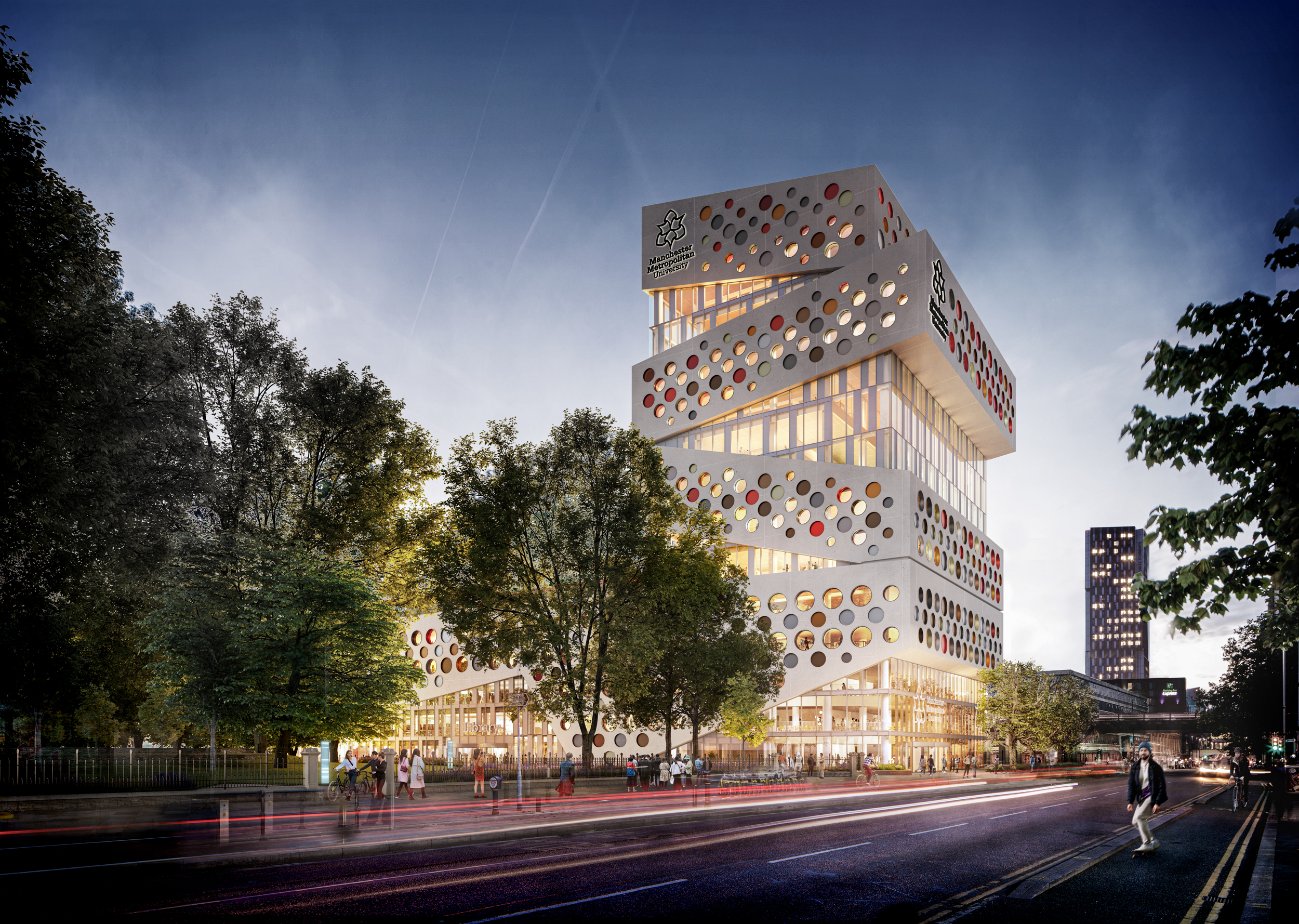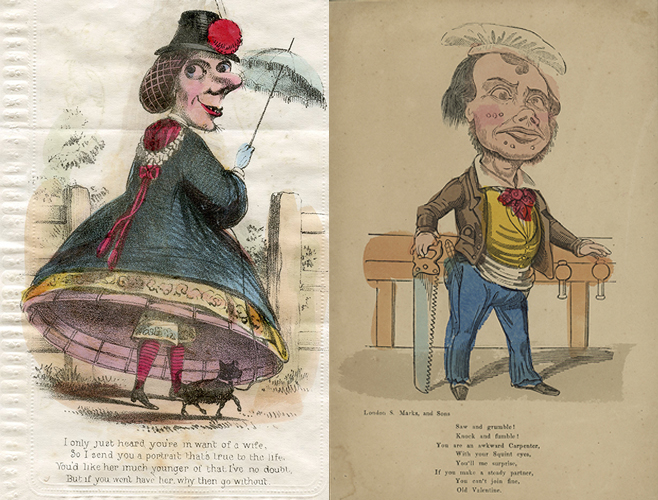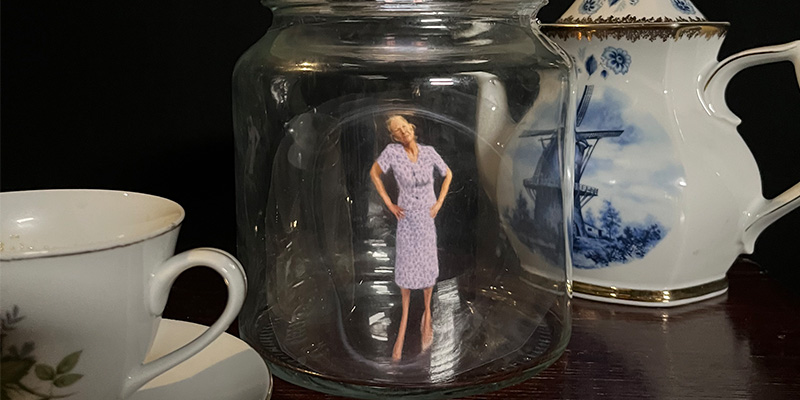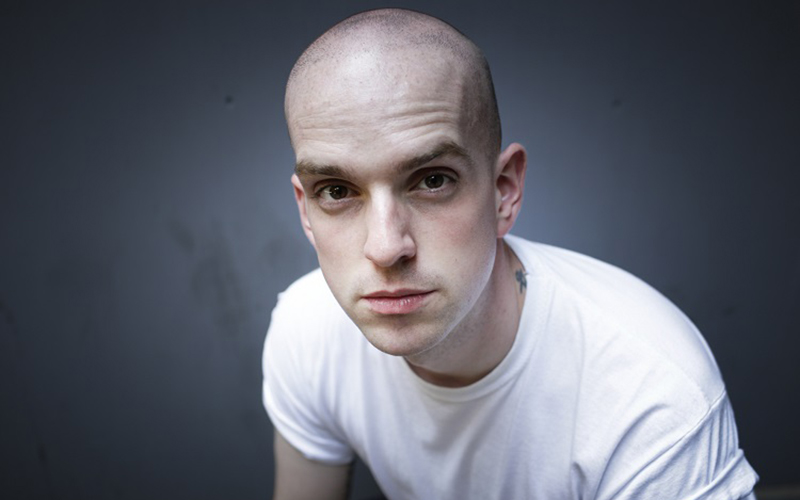News | Wednesday, 30th July 2014
Life-like avatars to change the face of fashion?
Scientists fuse 3D body scanner and motion capture data

SUPERMODELS strutting their stuff across the catwalk could become a thing of the past with life-like computer avatars taking their place.
Researchers created near-faultless copies of people that can be digitally dressed in the latest haute couture and their movements recorded, ready to instantly appear in Milan or Paris.
The team combined data from 3D body scanners, traditionally used for inch-perfect measurements in the fashion industry, with motion-capture technology regularly used in Hollywood blockbusters.
Computer-to-catwalk technology is already employed by major fashion brands, projecting holograms of famous models onto the runway. But the hybrid avatars - a world first - could replace the models altogether.
Software supermodels
Data from both systems is married to create a realistic avatar and turned into moving models. They can also be clad in virtual clothes to be adjusted and manipulated, mimicking real-life design studios.
Dr Andrew Brownridge published the findings on how to create the hybrid avatars with Dr Peter Twigg, both from MMU's Faculty of Science and Engineering.
Dr Brownridge said: “Motion capture for fashion shows has been attempted, but the results were very blocky avatars with unnatural movements. But these are very realistic avatars.
“You could do several things: render a fashion show to video file with animated characters ready to distribute or you could have a live performance with models in motion capture outfits, working in real time.
Blending data
“And models could go down a catwalk like normal but augment their performance with their design avatar in the virtual world at the same time. The avatar could be manipulated into a range of different digital worlds.”
The researchers worked with colleagues from The Department of Apparel, which operates the body scanner.
Infrared depth-sensing technology creates a body scan avatar in minutes. An inertial motion capture suit plots joint movements in real-time, translating it into a digital ‘skeleton’, before being meshed with the 3D avatar.
The avatars were initially used to minutely analyse ballerinas’ dance routines. The research was published in the International Journal of Fashion Design, Technology and Education.




